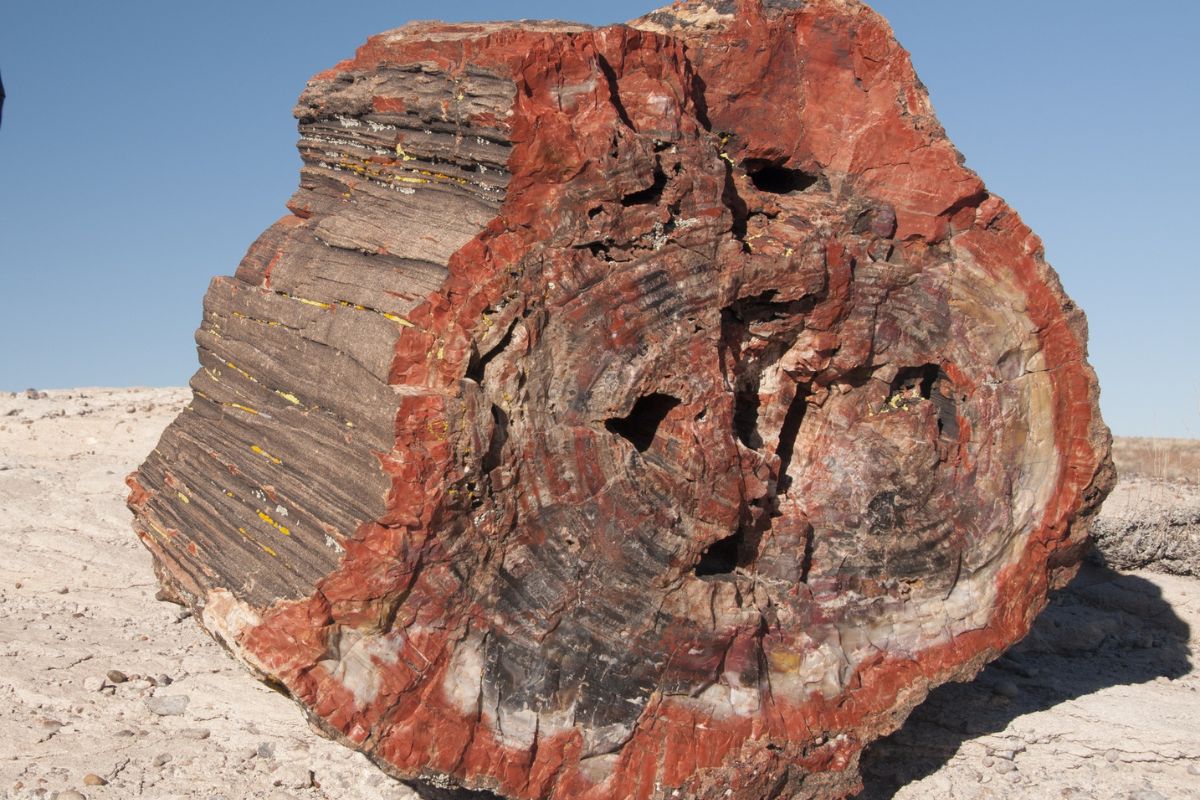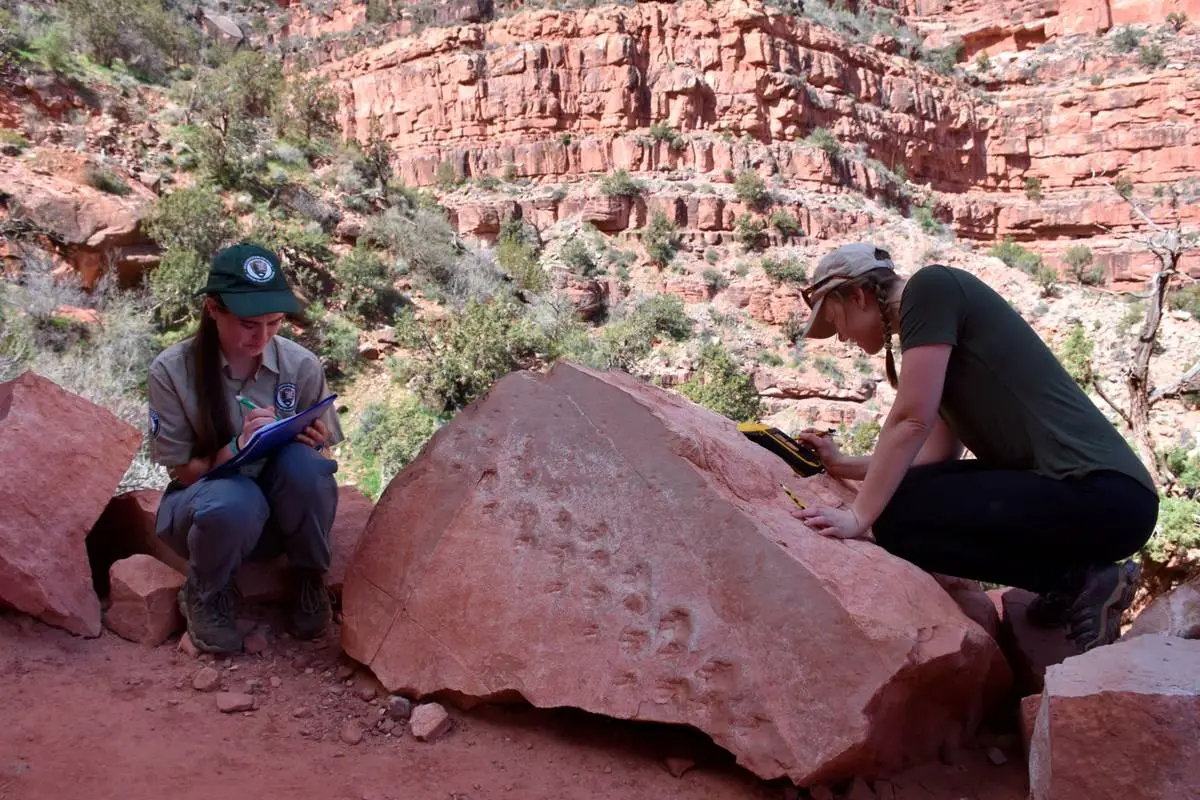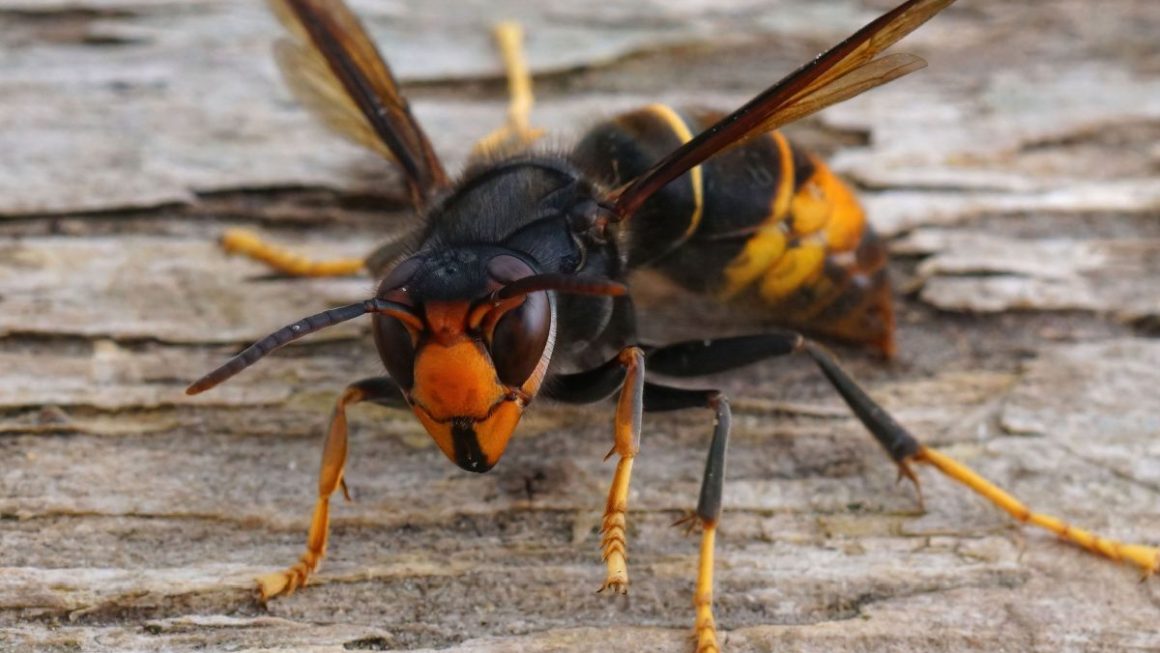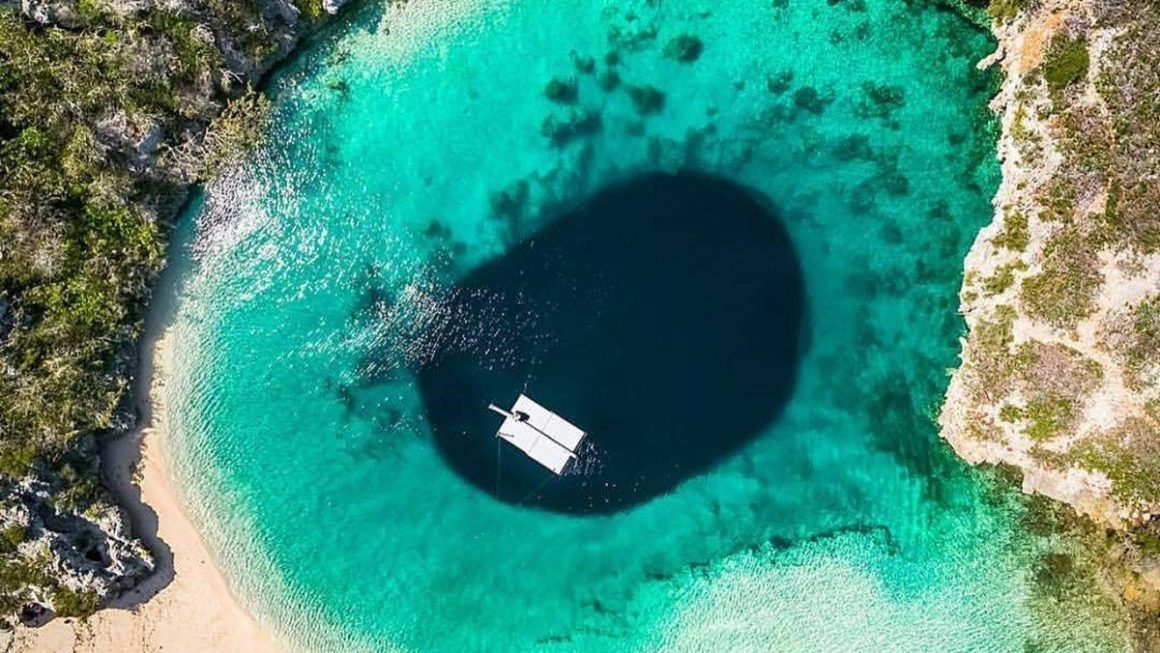Madagascar: numerous fossils discovered in a submerged cave Experts from the National Science Foundation believe they have found the largest deposit of…
Beneath the red plains of New South Wales, ordinary rocks conceal a secret millions of years old. At their core, fossils of unparalleled fineness tell the forgotten story of a tropical forest and challenge our understanding of fossilisation.
The McGraths Flat site, studied by palaeontologists and geologists from the Australian Museum Research Institute, is located in the central highlands of New South Wales. Dating back 11 to 16 million years, it dates back to the Miocene epoch, a key period in the evolution of modern plants and animals. At that time, a lush rainforest stretched across what is now a dusty, dry landscape.
The sedimentary rocks, composed entirely of goethite, an iron-rich mineral, have sealed the life of yesteryear with astonishing precision. The fossils at McGraths Flat reveal this ancient ecosystem in striking ecological detail, from leaves to insects, fish and feathers, some of which still have soft tissue visible.
This level of detail rivals that of the most famous deposits of fossils, such as the Messel Pit in Germany or the Burgess Shales in Canada. But unlike these sites, which are formed of shale or sandstone, McGraths Flat is an anomaly: a terrestrial fossil site made entirely of iron.
When rust becomes a memory of life
These rocks belong to a rare category called ferricrete, a natural cement of iron oxyhydroxide particles so fine that they were able to fill every cell of the buried organisms.
According to the study published in Gondwana Research, the site was formed when iron, leached by acid rain from weathered basalts, was deposited in an ancient river oxbow. In the stagnant, oxygen-rich waters, it precipitated as ultrafine sediments, replicating the tissues of dead organisms down to the cellular level.
This combination of conditions – heat, humidity and the absence of interfering minerals – explains the exceptional preservation observed today.

A new lead for fossil hunters
Analysis of the site now provides a roadmap for locating other similar deposits around the world: ancient tropical areas, weathered volcanic rocks, and ancient river beds without limestone or sulphides. The researchers also wish to pay tribute to the traditional Wiradjuri custodians, on whose land this unique site lies.
The red rocks of McGraths Flat demonstrate that life from the past can be preserved in the most unexpected places, and that the next great paleontological discoveries may well be hidden in rust-coloured soil beneath our feet. But how many other forgotten worlds, buried in the rust of the Earth, are still waiting to be revealed?




